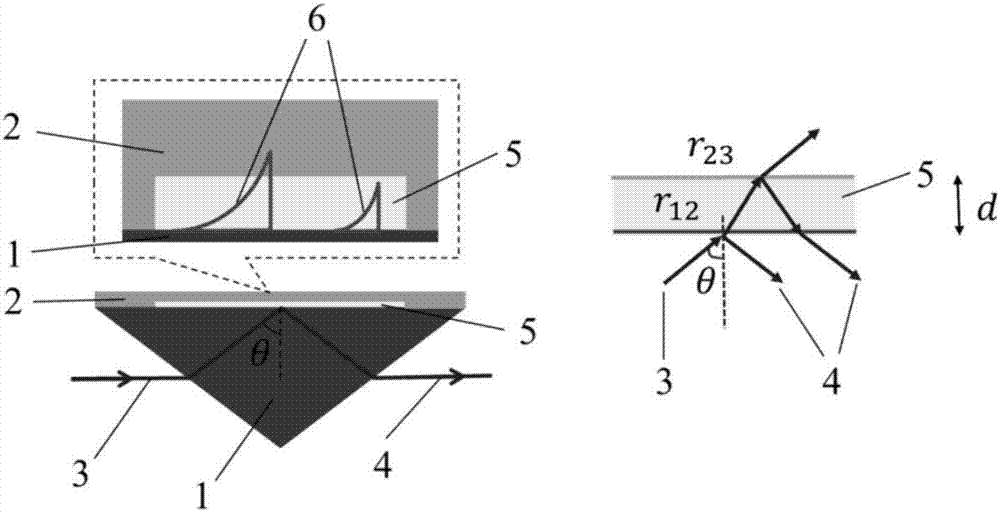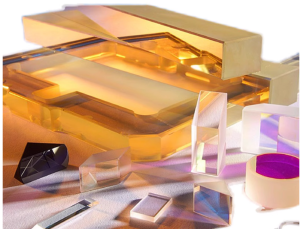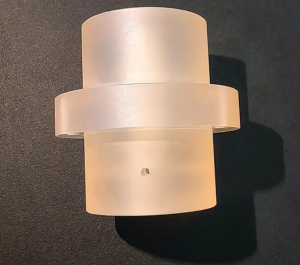
Infrared spectroscopy is an important means to analyze the structure of compounds. The conventional transmission method uses tablet or coating to measure, and it is difficult to test some special samples (such as insoluble, refractory, difficult to crush, etc.). In order to overcome its shortcomings, Fourier transform attenuated total reflection infrared spectrometer (ATR) is produced. The infrared spectrometer, conventional method and ATR used by Meixin analysis are advanced equipment that can be used. The application of ATR greatly simplifies the testing of some special samples, makes the analysis of micro region composition convenient and fast, the detection sensitivity can reach the order of 10-9g, and the diameter of micro region can reach several microns.
Advantages of attenuated total reflection technology (ATR) and conventional infrared analysis:
Compared with conventional infrared technology, there is no need to prepare samples and destroy samples. It can directly identify monofilament, cloth and ready-made clothes, which greatly improves the inspection speed; Easy to operate. The experimental results show that this method has the advantages of convenient operation, high measurement sensitivity and high-quality infrared spectrum.
The difference between attenuated total reflection (ATR) and conventional infrared analysis is that the infrared spectral intensity of ATR is weak in the region of 4000 ~ 2000 cm-1. However, the absorption peak in the fingerprint area is no different from the conventional infrared spectrum, so it does not affect the judgment of the spectrum, and the quality of the spectrum is relatively high.
Principle of attenuated total reflection (ATR):
ATR accessories are designed based on the principle of light internal reflection. The infrared light emitted from the light source passes through the crystal with large refractive index and then projects onto the sample surface with small refractive index. When the incident angle is greater than the critical angle, the incident light will produce total reflection. In fact, the infrared light is not all reflected back, but penetrates to a certain depth in the sample surface and then returns to the surface. In this process, the sample has selective absorption in the frequency region of the incident light, the intensity of the reflected light decreases, and a diagram similar to the transmission absorption is generated, so as to obtain the structural information of the chemical composition of the sample surface.



